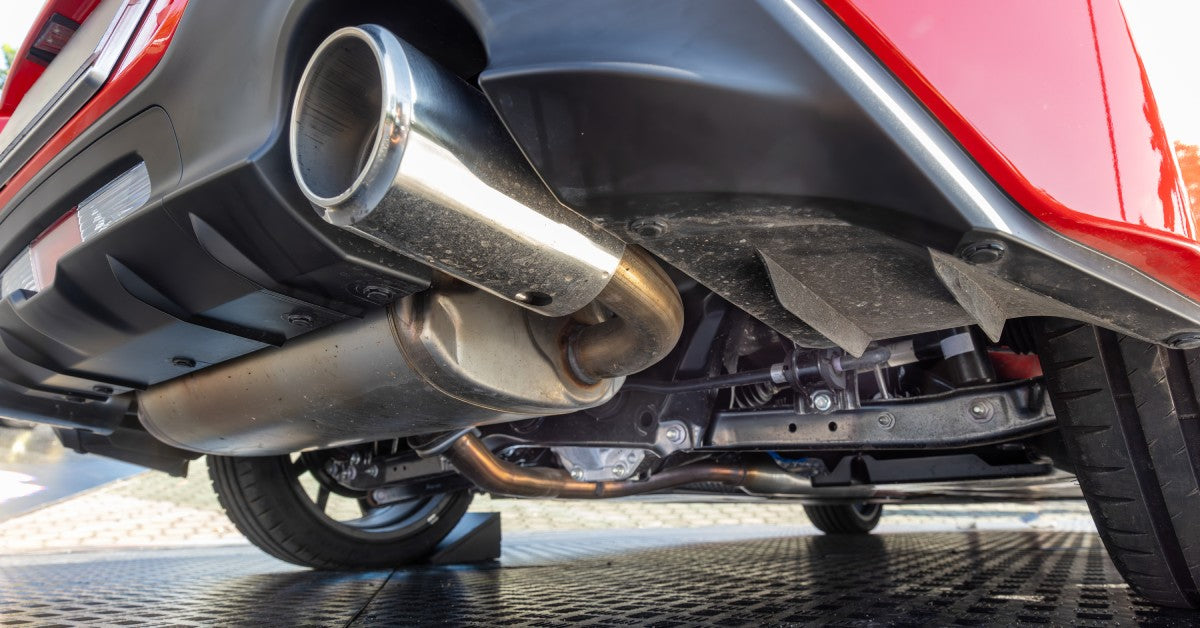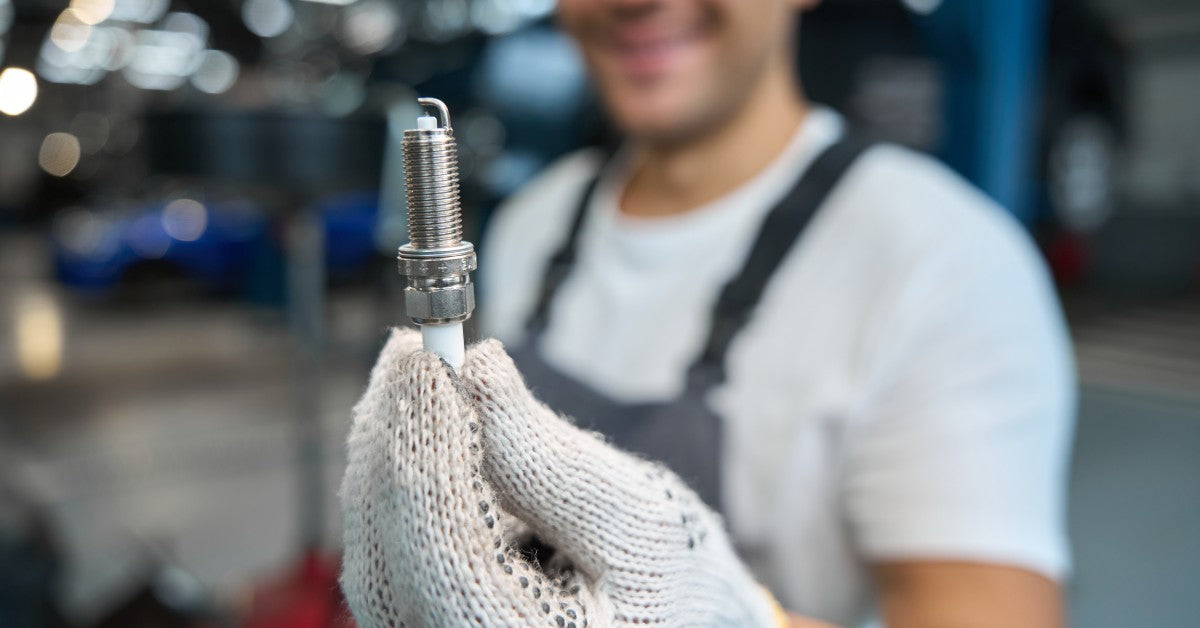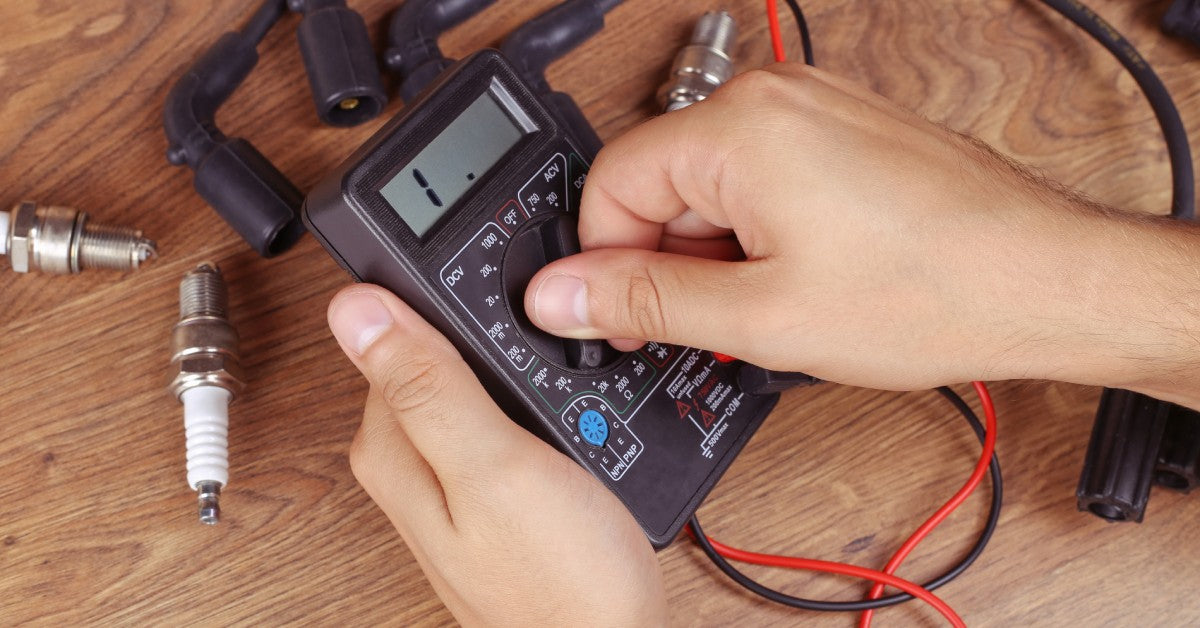

The 1961 Lincoln Continental that carried President John F. Kennedy to his death proved the last and the first of two eras of presidential limousines.
With the 50th anniversary of the assignation President John F. Kennedy in Dallas approaching, many Americans still are left wondering. Did the Warren Commission get it right? Or were there really two shooters on the grassy knoll that November day in 1963?
Many also want to know what happened to the 1961 Lincoln Continental that President Kennedy and wife Jacqueline were riding in, waving to the crowds lining the street, when an assassin’s bullet brought America’s Camelot era to an abrupt ending. Part of that question is easy to answer – it’s currently on exhibit at southeast Michigan’s Henry Ford Museum in Dearborn, often surrounded by bouquets of flowers left by ever adoring visitors. But many of those visitors experience a momentary shock when paying their respects.
On the day of Kennedy’s death, the car was a convertible painted midnight blue with ordinary side-by-side headlights and flashers installed along the bottom. And as features go, it was pretty much the same as every other civilian vehicle on the road – no fancy security or communications components. Today, it’s black, with a permanent roof and headlights that function as flashers, white on the outside and red on the inside.
So how did arguably one of the most historically significant vehicles in the nation come to undergo such a massive transformation? It could be argued – especially if, but even if you’re not a conspiracy theorist – that the car should have immediately been retired from the Presidential motorcade and preserved for posterity just as it was that fateful day. It wasn’t. In fact, after a month-long forensics investigation, the Continental went on to serve four more presidents during its 16 years in the White House garage.
Why? Because a 30-person panel convened to decide the car’s fate debated for days that it should be retired and warehouse or even crushed. But unbelievably, the federal government lacked an additional presidential limousine and developing a new one with the added security features that the American public now demanded could take years. It would be quicker and less expensive to just rebuild the one they had already.
And so, Kennedy’s Continental began its transformation and the first of a new breed of presidential limousines, now specially designed armored behemoths outfitted with communications devices and weaponry only dreamt of in JFK’s day, was born. Today, President Obama rides in a limousine that boasts:
- 8-inch-thick armored plates;
- A reinforced 5-inch steel plate chassis for protection against bombs;
- Night vision cameras;
- Pump-action shotguns;
- Teargas cannons;
- Bodywork made of dual-hardness steel, aluminum, titanium and ceramic designed to withstand and even break up projectiles;
- An armor-plated gas tank filled with specially designed foam that prevents explosions even if the tank takes a direct hit;
- A firefighting system;
- A specially designed satellite phone with direct contact to the vice president and the Pentagon;
- And oxygen tank and, reportedly, bottles of the president’s blood should he need an emergency transfusion.
E3 Spark Plugs joins the rest of the nation in remembering President Kennedy this month.







